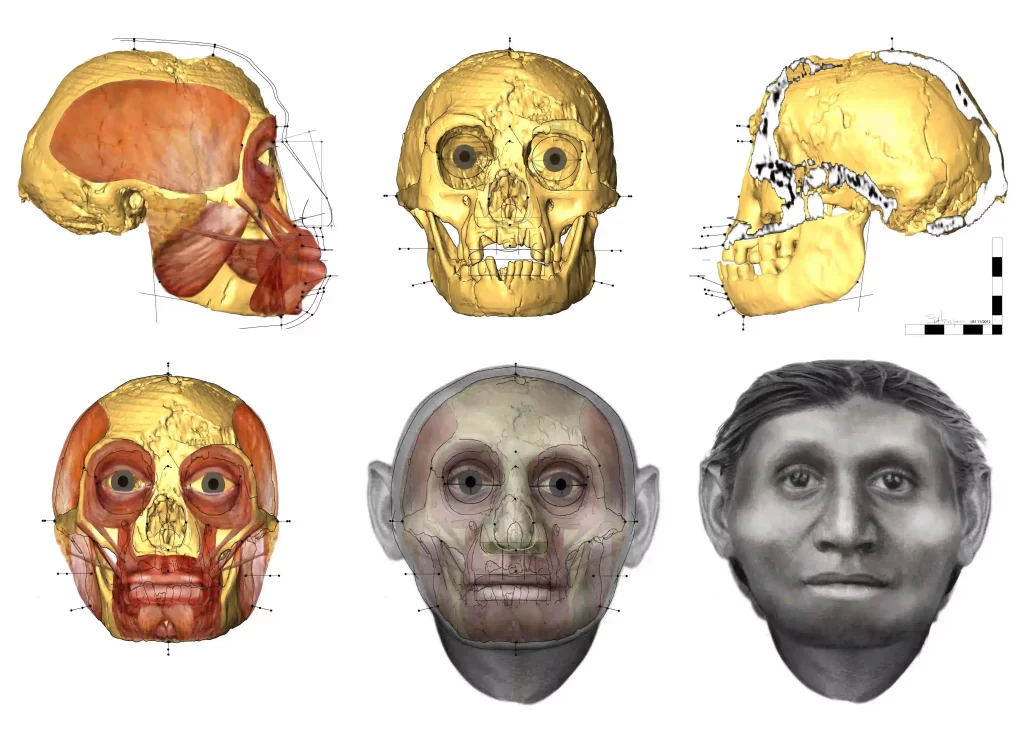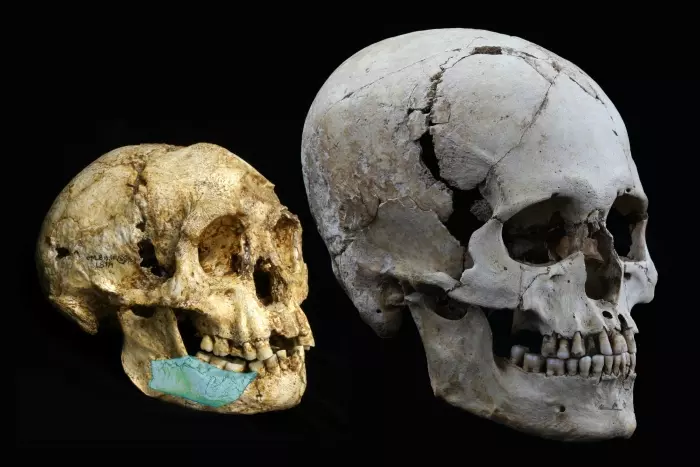Scientists discover remains of Hobbit human that stood only 3ft high and lived 700,000 years ago in Indonesia
An international team of researchers has just announced the discovery of 700,000-year-old remains that are related to a tiny species of human ancestors, lovingly referred to as ‘hobbits’.

Found on an island in Indonesia, the newly found hominins only grew to around 1 metre in height, and it’s not year clear whether they represent a new species.
But they look remarkably like the currently known hobbit species, Homo floresiensis – the big difference is that they lived more than 600,000 years before them, which shakes up our understanding of hominin evolution.
“This find has important implications for our understanding of early human dispersal and evolution in the region and quashes once and for all any doubters that believe Homo floresiensis was merely a sick modern human (Homo sapiens),” said lead researcher Gert van den Bergh, from the University of Wollongong in Australia.
“Remarkably, these fossils, which include two milk teeth from children, are at least 700,000 years old.”
You can see a reconstruction of Homo floresiensis from 2012 below:

The team discovered a fragment of jaw and six teeth, from at least one adult and two children, buried beneath an ancient riverbed at a site known as Mata Menge, on the Indonesian island of Flores.
This is the same island where H. floresiensis was discovered back in 2003. Nicknamed the ‘hobbit’, the species is pretty incredible, because they might have lived alongside modern humans, right up until 12,000 years ago.
But some scientists have argued that, instead of a species of tiny hominins, the remains they were identified from could have simply have been sick humans.
This new discovery adds more evidence against that argument – in fact, it suggests that ancestors of the small-statured hominins were roaming Indonesia hundreds of thousands of years before Homo sapiens showed up. In other words, hobbits were real.
Here’s another reconstruction of the adorable little guys by Atelier Elisabeth Daynes:

“All the fossils are indisputably hominin and they appear to be remarkably similar to those of Homo floresiensis,” said one of the researchers, Yousuke Kaifu, from Tokyo’s National Museum of Nature and Science, who compared the fossils against a modern and extinct hominins.
So where do these hobbits fit on our family tree? And how did they end up on a remote island? Publishing their results in Nature, the team proposes that they might have evolved from tall, upright species, Homo erectus, and somehow shrunk again.
“The morphology of the fossil teeth also suggests that this human lineage represents a dwarfed descendant of early Homo erectus that somehow got marooned on the island of Flores,” said Kaifu.
“What is truly unexpected is that the size of the finds indicates that Homo floresiensis had already obtained its small size by at least 700,000 years ago,” he added.
In fact, the discovery of ancient tools at the same site dating back 1 million years suggest the hobbits might have been living there even longer, and for some reason evolved their small stature to suit the island environment.
If that’s the case, it would force us to do a rewrite of the hominin family tree.
“It is conceivable that the tiny Homo floresiensis evolved its miniature body proportions during the initial 300,000 years on Flores, and is thus a dwarfed side lineage that ultimately derives from Homo erectus,” said van den Bergh.
“It is also possible that this lineage pre-dates the first hominin arrival on Flores, implying speciation occurred on a stepping-stone island between Asia and Flores, such as Sulawesi.”
Below is a modern human skull (right) next to a hobbit skull (left), with the newly discovered 700,000-year-old jaw fragment overlaid:

The team is now digging even deeper into the ancient riverbed to find more complete skeletal remains, which will be key to properly evaluating and classifying the discovery. They’re also looking for a precursor species that would explain the link between Homo erectus and Homo floresiensis.
There’s still a lot of work to do, but we’re now a lot closer to understanding this enigma of a tiny species, and where it fits on our family tree.
For van den Bergh, it’s a pretty huge moment, seeing as he’s been digging at the site for more than 20 years – and worked alongside Australian scientist Mike Morwood during that time, who discovered the original hobbit species in 2003, and who passed away three years ago.
“My only regret is that Mike passed away in 2013 and therefore did not live to share the experience and the excitement of these new hominin fossils. We both knew they must be there,” said van den Bergh.
“I think Mike would have quite enjoyed the fact that the field of palaeoanthropology is poised for another major shakeup.”
We have to admit, we’re pretty excited about it, too.




